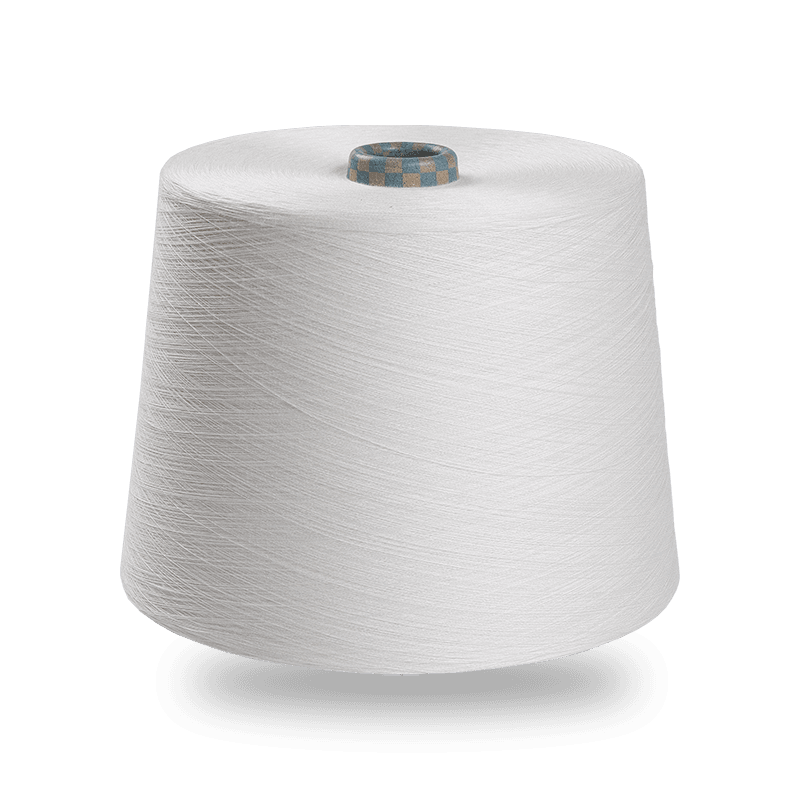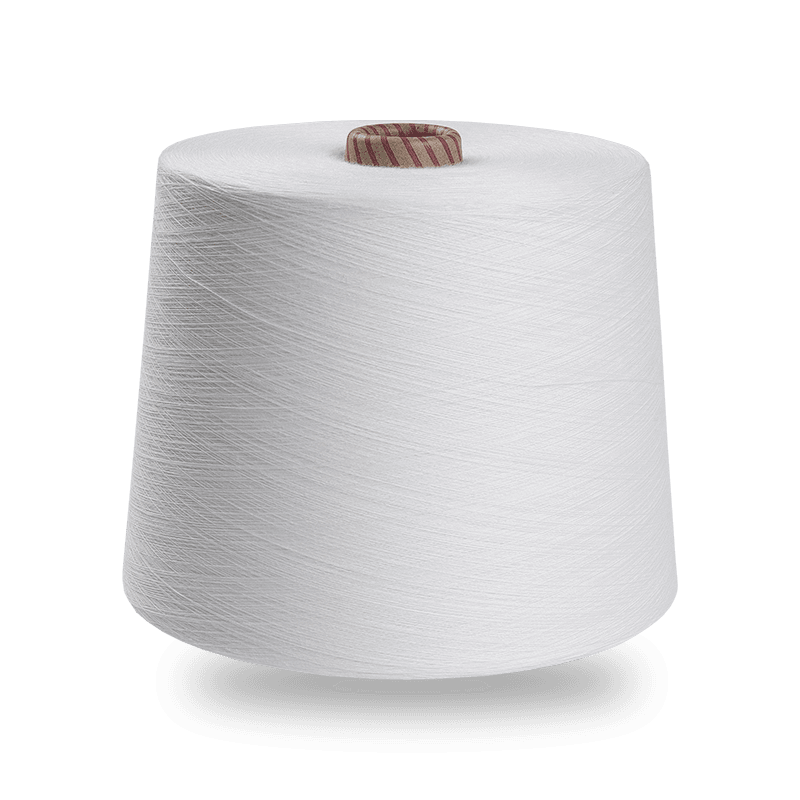Nylon is PA raw material, commonly known as nylon, filament is common, viscose fiber is PP raw material, and modified polypropylene is mostly used for staple fiber. The specific difference depends on the category used. Generally, viscose and nylon are non-absorbent materials, so there is no difference in water absorption.
Water conductivity, because the modified PP has low melting point and good thermoplasticity, it is easy to process. It is commonly used in fibers such as triangular shaped yarns. Therefore, it can be said that this raw material has a wicking effect and can drain water to make quick-drying clothes. The same principle It can also be used to keep warm and act on various fillings. Nylon can also have this special effect if it is specially manufactured, but the high price of nylon makes it easier to use its fiber characteristics in other projects. As far as I know, there are such manufactures but they are sparse.
The outstanding advantage of nylon is that it has higher abrasion resistance than all other fibers, 10 times higher than viscose abrasion resistance, and 20 times higher than wool. A slight addition of polyamide fiber to the blended fabric can greatly improve its abrasion resistance; When stretched to 3-6%, the elastic recovery rate can reach 100%; it can taste tens of thousands of times of bending without breaking. The strength of polyamide fiber is 1-2 times higher than viscose, 4-5 times higher than wool, and 3 times stronger than viscose fiber.
The specific gravity of viscose is lighter, but the distance used for fabrics is not large. Light faded, nylon is better. Strength, nylon is better, viscose is easy to deform.
In fact, although nylon and viscose are very different, there are not many places where they can be compared in terms of fabrics. Due to different categories, nylon is mostly used for seamless underwear, high-speed warp knitting, silk stockings, and jacket manufacturing, etc. Waterproof material manufacturing and other areas. The viscose fiber is mostly used in the production of filling and special fabrics. The intersection of the two raw materials is not much.


 English
English 中文简体
中文简体 Español
Español عربى
عربى











